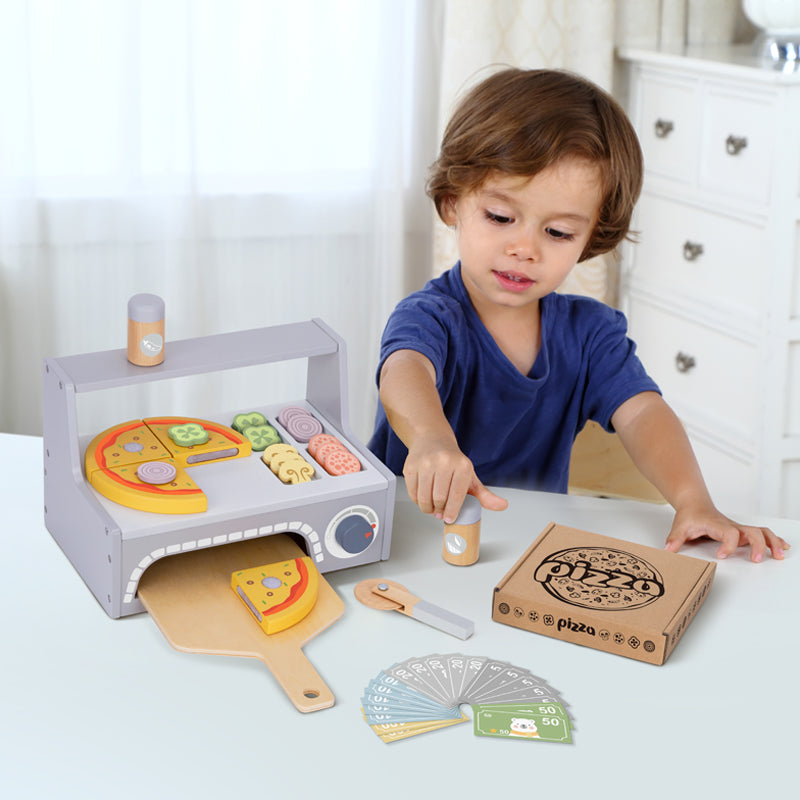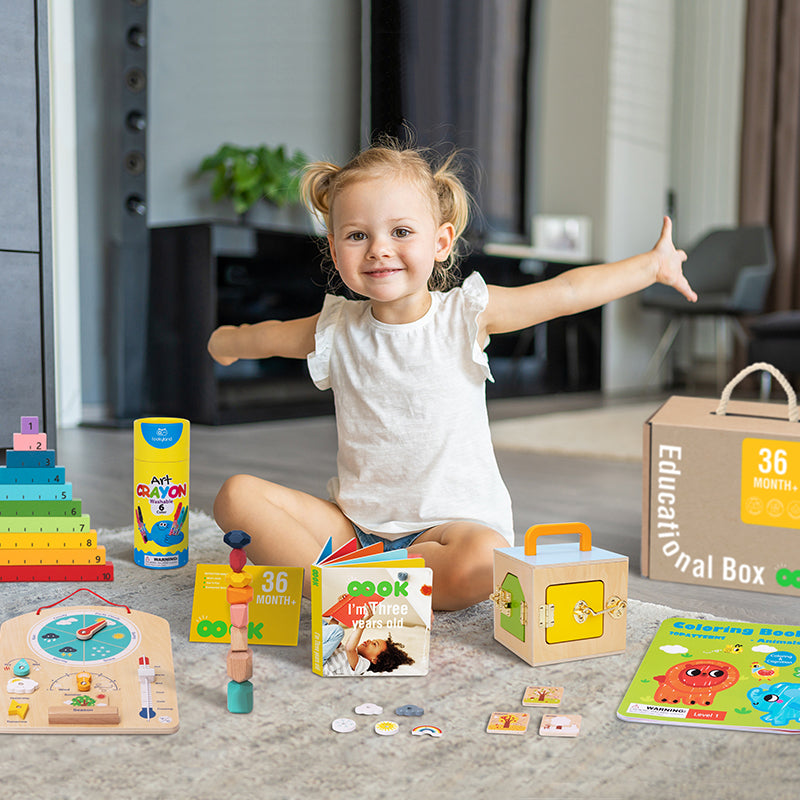Why do parents buy pretend play for their children? What benefits do they give?
Parents often buy pretend play toys, like kitchen sets, doctor kits, or tool benches, because they support several critical aspects of a child’s development. Pretend play toys offer children a safe, fun way to explore the adult world, while also nurturing skills essential for their growth. Here’s why these toys are so popular and beneficial:
- Enhancing Creativity and Imagination
Pretend play toys encourage children to imagine scenarios and build stories, from running a restaurant to being a veterinarian. This type of creative thinking helps kids explore different roles, settings, and ideas, which can support their cognitive and social development. Imaginative play allows children to dream, create, and experiment in ways that build a flexible, open mindset.
- Developing Language and Communication Skills
As children engage in pretend play, they practice new words and phrases. For instance, when playing with a kitchen set, they might mimic phrases like “Would you like a cup of tea?” or “How can I help you?” Pretend play allows them to experiment with different tones, roles, and vocabulary, enhancing their language skills and boosting confidence in speaking. It’s also a great way for them to learn how to express emotions and ideas more effectively.
- Building Social and Emotional Skills
Pretend play often involves role-playing, which helps children understand empathy and perspective-taking. For example, when they pretend to be a doctor, they think about what it means to care for others. Playing with others also teaches skills like cooperation, patience, and turn-taking. These experiences are fundamental for emotional development and for building strong interpersonal skills.
- Supporting Problem-Solving and Cognitive Skills
Through pretend play, children often encounter challenges that require them to think critically and solve problems. Whether it’s “cooking” a meal in their toy kitchen or building a “construction site,” they learn to sequence steps, make decisions, and follow through with their plans. This boosts cognitive skills, like memory, planning, and logical thinking, which are essential for learning.
- Strengthening Fine and Gross Motor Skills
Many pretend play toys, like dress-up costumes, tea sets, or pretend tools, encourage physical actions that strengthen motor skills. For instance, using a play hammer requires hand-eye coordination and helps develop fine motor skills. Larger, immersive pretend play toys, like play kitchens, also encourage gross motor development as children move around to prepare “meals” or set up “shops.”
- Preparing for Real-World Experiences
Pretend play toys let children safely explore everyday scenarios, helping them build familiarity and comfort with real-world situations. For instance, a child who plays with a doctor kit may feel less anxious about visiting the doctor in real life. This type of play helps children gain confidence and understand daily activities, giving them a sense of security and preparing them for new experiences.
In essence, pretend play toys give children a foundation for creativity, social skills, and emotional resilience, while also helping them develop practical abilities that will serve them in everyday life.
Continue reading



